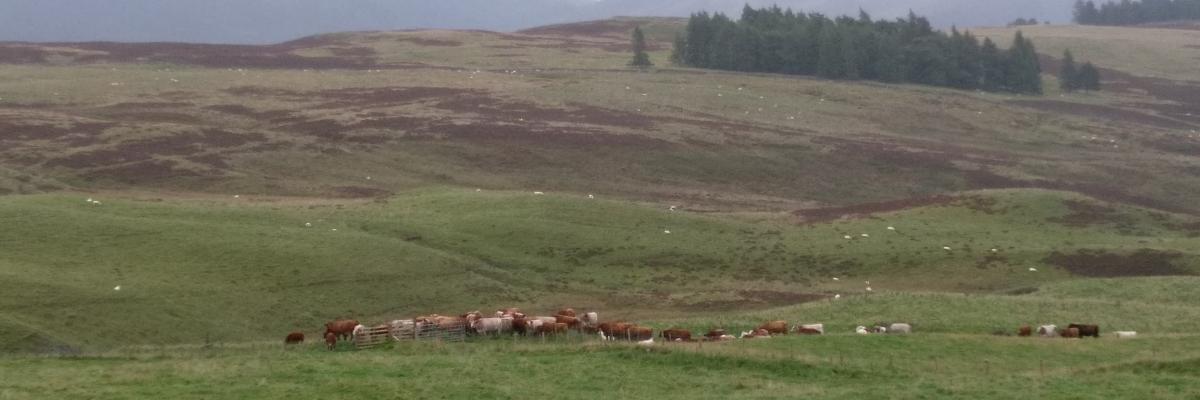
Sustainable grazing strategies that meet ecological demands
A Nuffield Farming Scholarships Trust Report
Download the PDF
It is estimated that by 2050 agriculture will have to increase production by 70% to feed a growing population of 9bn people, with nearly all of this expected growth happening in developing countries. A sustainable system needs to be resilient, mindful of its consumer, adaptable, sympathetic to its environment and not exploit its resources. These words can be found in the Nuffield report written by livestock farmer Geraint Powell, who explores how a healthy balance can be struck between the natural environment and agricultural productivity, and the role of grazing animals in maintaining and enhancing the ecosystem function. Geraint explains that the challenge for the study became “How do we strike a healthy balance between economy and ecology?” He describes his findings from spending time with people engaged in regenerative agriculture in the USA, Netherlands, Germany, Ireland, France and the UK.
- It is important to develop a broad awareness of the state of the land. Productivity and how ecosystem services are delivered are the direct result of how the ecosystem processes are functioning within our managed environments. Regular monitoring enables us to spot early warning signs so controlling actions can be taken.
- Grazing animals will only enhance ecosystem function if managed correctly.
- An understanding of ecosystem processes is crucial if ecosystem services and improved profitability are to be delivered hand in hand.
- Livestock health and performance is a direct reflection of soil health, and diversity is key to building resilience.
- Do not out-perform your environment; if you know you are doing something detrimental find other ways before it is too late.
- Resources should be allocated to ensure growth is regenerative, there is little point in sustaining a degraded resource.
- The future of ruminant production should be less about horse power, fertiliser and monocultures, and more about harvesting free solar energy to feed soil microbes.
- Learn to read the language of the land, communicate positivity, and concentrate efforts on educating fellow producers.
- Listen to the consumer but remember the consumer cannot be trusted to buy what they demand.

